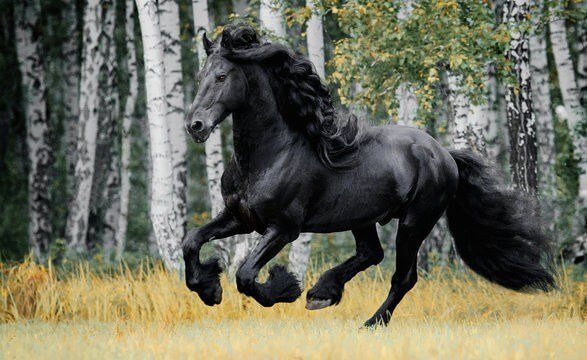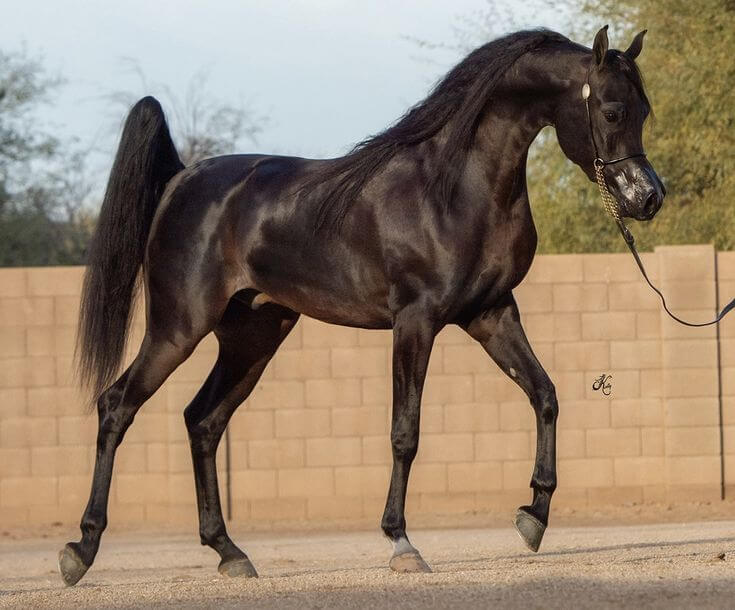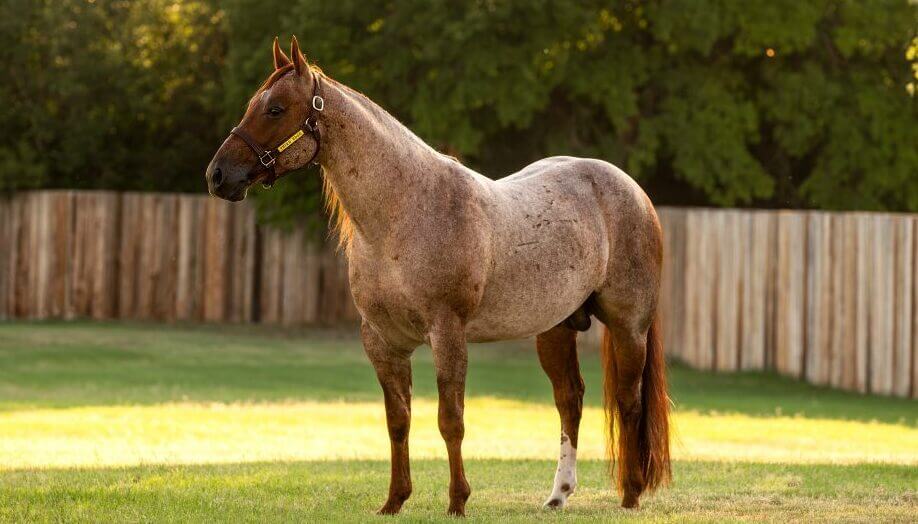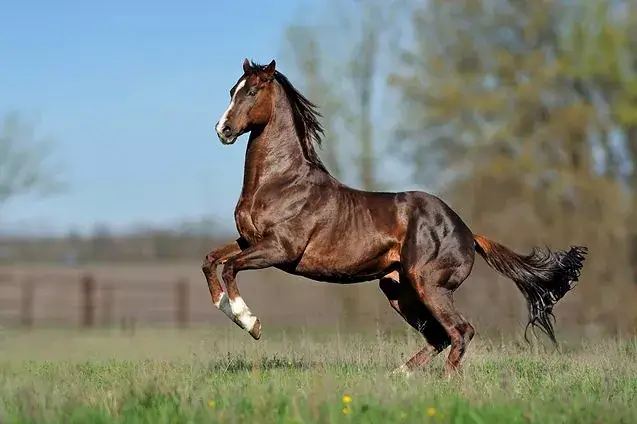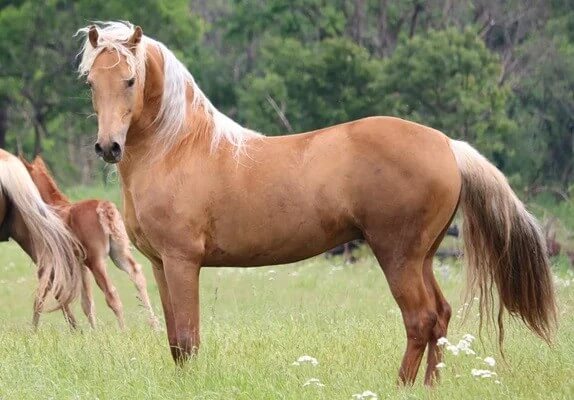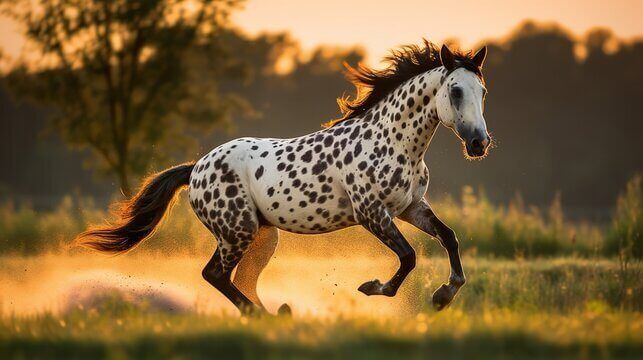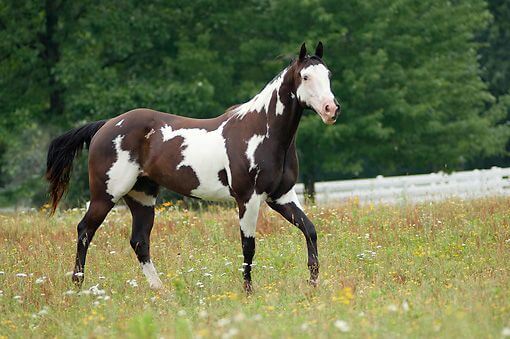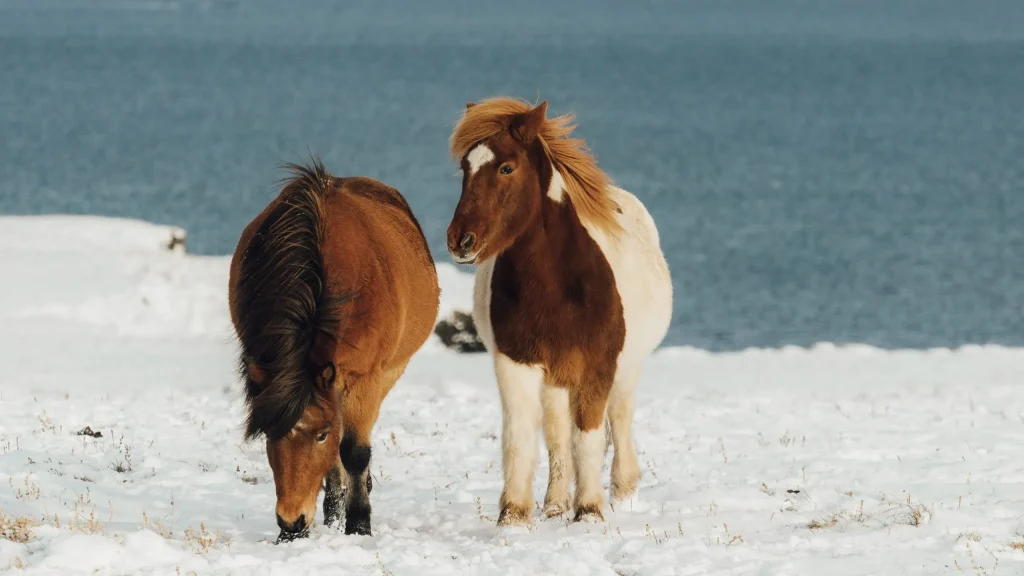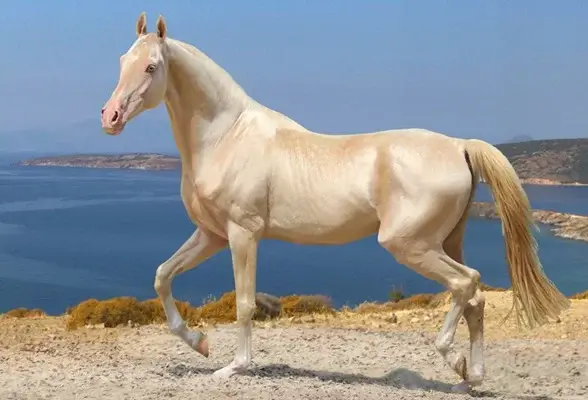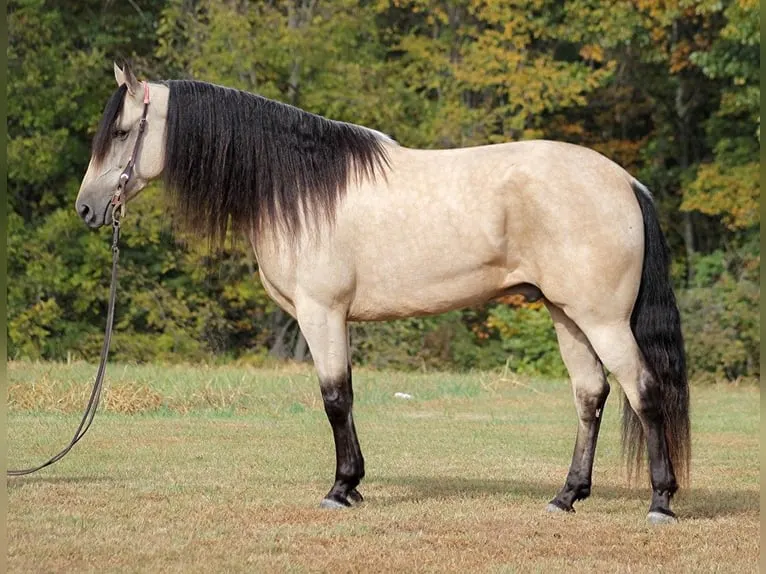🐎 Friesian Horse – Elegance, Power, and Timeless Beauty
🌍 Introduction
The Friesian Horse is one of the most visually stunning and graceful horse breeds in the world. Originating from Friesland in the Netherlands, this majestic breed is known for its flowing mane, black coat, and proud carriage. Loved by equestrians and admired in films and shows, the Friesian is not just a pretty face—it’s strong, intelligent, and versatile.
📜 History and Origin
The Friesian horse has a rich history that dates back to the Middle Ages. Originally used by knights for carrying heavy armor, this breed later evolved into a lighter, more elegant horse suited for dressage, carriage driving, and leisure riding.
The breed nearly vanished during the early 20th century but was revived thanks to devoted breeders. Today, Friesians are cherished across the globe for both their historic value and modern capabilities.
🧬 Breed Characteristics
Friesians are easily recognized by their unique features:
- Color: Always black, with no white markings except a small star on the forehead in some cases.
- Build: Strong and muscular with a compact, well-formed body.
- Mane and Tail: Long, thick, and often wavy.
- Feathering: Luxurious hair around the lower legs.
These characteristics contribute to their popularity in fantasy films, medieval reenactments, and formal parades.
🏇 Temperament and Personality
Friesians are known for their kind and cooperative nature. They are intelligent, eager to please, and quick learners. Their calm and gentle demeanor makes them excellent companions for both beginners and seasoned riders.
Despite their imposing appearance, they are usually very affectionate and enjoy spending time with people and other animals.
🌄 Ideal Environment
Friesian horses thrive in well-maintained pastures with shelter from extreme weather. They enjoy open space to move freely and benefit from structured daily routines.
While they adapt well to various climates, their thick coats and feathered legs mean they require special grooming in wet or muddy conditions to prevent skin infections.
🥕 Diet and Nutrition
A Friesian horse’s diet should consist of high-quality hay or pasture grass, supplemented with grains, minerals, and fresh water. Because of their muscular build, they need well-balanced nutrition to support energy levels without gaining excess weight.
Regular access to salt licks and consistent feeding times help maintain optimal health and digestion.
🩺 Health and Lifespan
Friesians are generally healthy but are prone to a few specific conditions, including:
- 🦴 Dwarfism (inherited in some bloodlines)
- 💔 Aortic rupture (rare but serious)
- 🐴 Chronic progressive lymphedema (swelling in the legs)
With attentive care, regular veterinary visits, and responsible breeding, Friesians can live 16–20 years or more.
🎠 Common Uses
Friesians are admired for their elegance and power, making them ideal for:
- 🎭 Dressage and performance riding
- 🚗 Carriage and driving competitions
- 📽️ Film and theatrical roles
- 🏞️ Pleasure and trail riding
They are also popular in parades and shows thanks to their noble presence and graceful movements.
🧽 Grooming and Maintenance
Friesians require regular grooming to maintain their magnificent appearance. Key tasks include:
- 🧼 Brushing mane and tail to prevent tangling
- 🧽 Cleaning feathered legs to avoid skin infections
- 🐴 Hoof care to prevent cracks and thrush
These grooming sessions also help strengthen the bond between the horse and handler.
👨👩👧👦 Compatibility with People
Friesians are people-oriented and make wonderful family horses. Their calm demeanor suits riders of all skill levels, including beginners, when supervised by experienced handlers.
They also thrive in therapeutic riding programs and enjoy being part of a caring, inclusive environment.
🌍 Conservation Status
Thanks to active breeding programs and global interest, Friesians are not endangered. However, preserving their purity and avoiding inbreeding are ongoing concerns. Organizations like the KFPS (Royal Friesian Horse Studbook) ensure strict breed standards and promote genetic diversity.
🎉 Fun Facts About Friesians
- 🎬 Friesians have starred in films like *The Mask of Zorro* and *Eragon*.
- 🛡️ They were originally bred to carry knights into battle.
- 🌊 Friesians are strong swimmers despite their size.
- 💃 Their high-stepping gait adds flair to dressage performances.
❓ Frequently Asked Questions
Q1: Are Friesian horses beginner-friendly?
A: Yes, they are known for their gentle temperament, though due to their size and strength, guidance from an experienced trainer is helpful.
Q2: Do Friesians require a lot of grooming?
A: Yes, especially their mane, tail, and feathered legs. Regular grooming helps maintain hygiene and appearance.
Q3: Can Friesians be used for farm work?
A: While they are capable, they are more often used for dressage and show due to their elegant nature.
Q4: Are Friesian horses good for kids?
A: Yes, with supervision. Their calm demeanor makes them safe around children when properly trained.
Q5: How much does a Friesian horse cost?
A: Prices vary widely based on age, training, and lineage, but they generally range from $10,000 to $50,000 or more.
✅ Conclusion
The Friesian Horse combines strength, elegance, and a heartwarming personality. Whether in the show ring, on the trail, or starring on screen, Friesians continue to win hearts around the world. If you’re looking for a horse with beauty, brains, and a gentle soul, the Friesian may be your perfect match.
